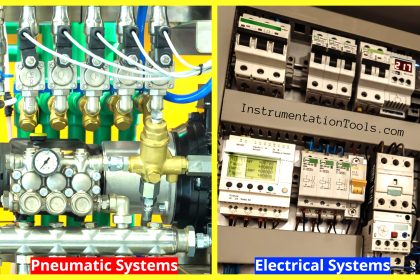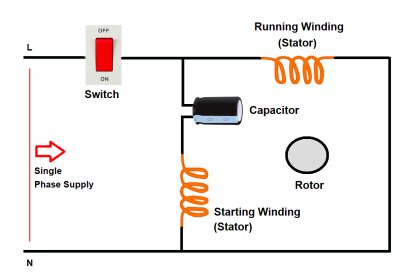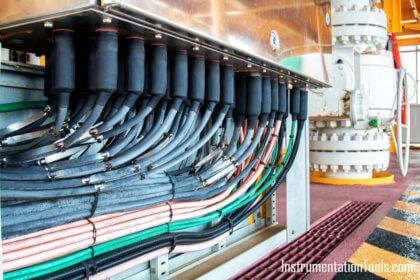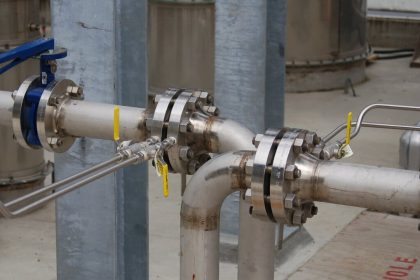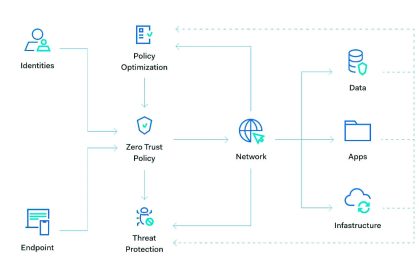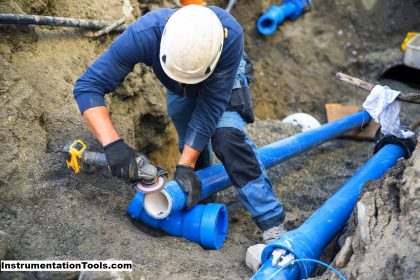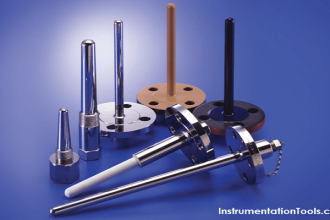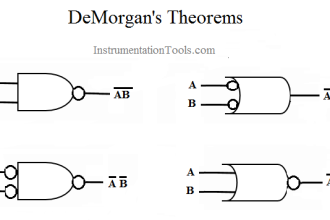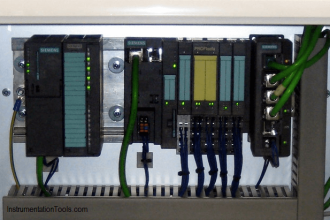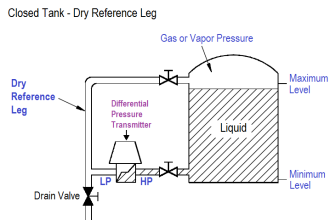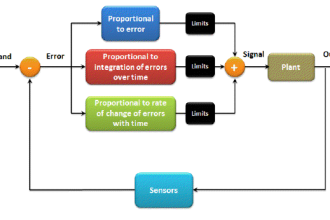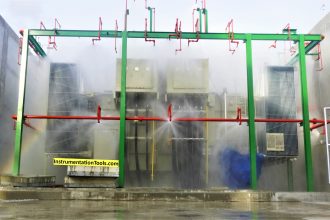In this post, we will see the concept of automotive rail rapid transit.
As automation is advancing, various new technologies have been adapted in the last few years for making life easier. Industrial automation has taken its role in each and every sector.
One such sector is in transport and infrastructure. Driverless train driving and trackless train driving is a new trend in some countries for improved infrastructure and it uses automation technologies to a great extent.
Automotive Rail Rapid Transit
The automotive rail rapid transit system is one of the recent technologies used in train travel systems. It is extensively used in China as of now. Other developed countries to are developing this mode with their respective levels.
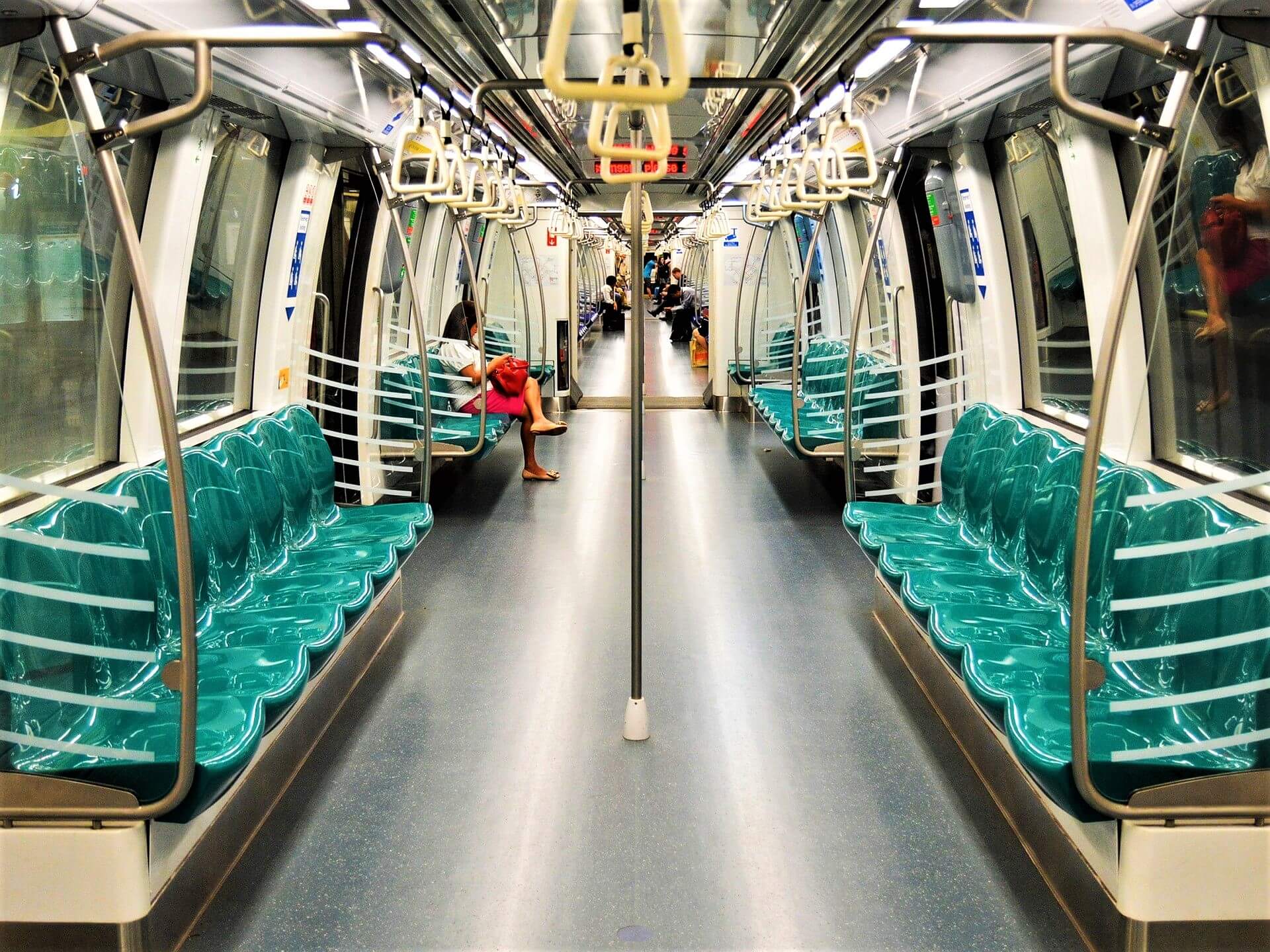
Basically, this system means that the train will run without drivers and tracks. It is guided by LIDAR (Light Detection and Ranging) technology. It is a remote sensing method that uses light in the form of pulsed radar to measure ranges or variable distances to the earth. It is usually described as a trackless tram; as it is a combination of bus and train. Bus in the sense it runs on roads and train in the sense it runs with bogeys.
They run on a virtual or marked track and are monitored by a central control system like SCADA or DCS. This ensures that the safety and reliability of the system are maintained in a proper way.
Just like an automated guided vehicle used in factories that run without drivers and on marked trains, a similar kind of fundamental is used in this system. It has various optical sensors and other types of laser-guided instruments which makes the vehicle to move automatically over a designated path. Driverless system is based on metros running in cities like Dubai.
Advanced levels of programming are done which ensures that the train follows its path without the need of a driver. This also automatically reduces the number of errors that would be done had a person driven the train.
The train consists of various systems for ensuring its safe ride. A collision warning system helps the train on keeping a safe distance from other vehicles on the road. If it comes very nearby to a vehicle, it will automatically alert the driving system to reduce its speed or stop the train.
A lane departure warning system is used to keep the train on its right path and if the train loses its lane, it will control the train accordingly. The route change authorization is a system used to analyze traffic conditions and drive the train accordingly. It will guide the train to change its path if heavy traffic is sensed so that it can reach quickly on time.
The train system is electrically powered by high-class batteries and run for long hours.
This system is a smart mixture of automation, maps, pollution-less travel, excellent signal communication systems, and low maintenance cost.
As the sensors can read the dimension of the road, it can automatically plan its own route on marked lines and due to its surveillance under central control rooms, they become more safer and reliable to travel. These trains have drivers on standby in case of any emergency. Its working is very similar to automotive guided vehicles.
If you liked this article, then please subscribe to our YouTube Channel for Instrumentation, Electrical, PLC, and SCADA video tutorials.
You can also follow us on Facebook and Twitter to receive daily updates.
Read Next:
